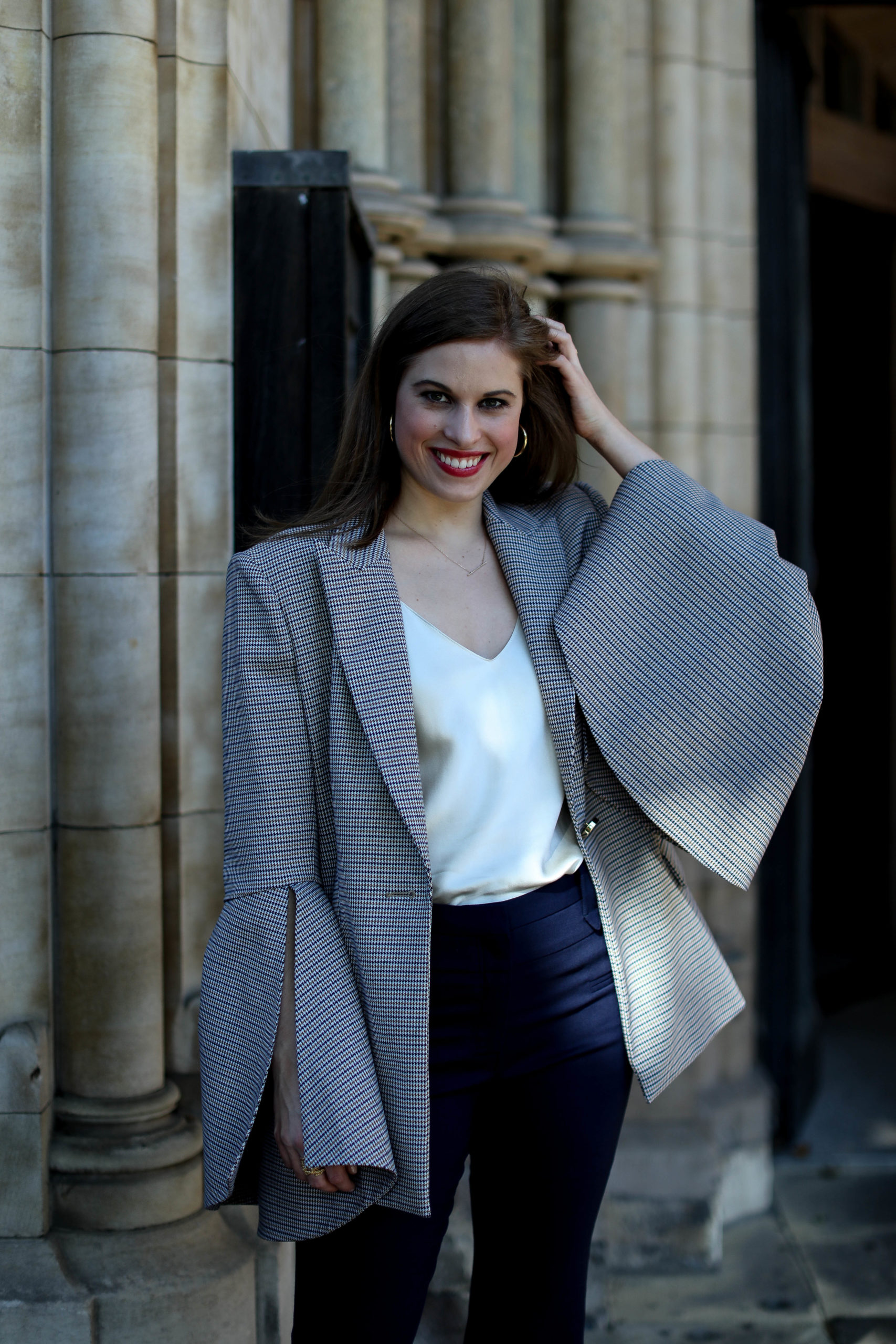Have you ever thought to yourself in a retailer store, “How did this dress get here?”
The clothing one sees in stores had a very long journey before it arrived in there, which most people don’t realize. This is something the industry thinks about 6 months to a year in advance in order to curate the best possible selection.
- Market is held 6 months-1 year in advance. There are four primary markets each year: Pre Spring, Spring Main, Pre Fall, Fall Main. Some companies choose to have more collections and call them Holiday, Summer, etc. deliveries. Main market is the time in which the Fashion Shows coincide with market, where one would focus on styles featured in the runway show as well as other available options. Pre deliveries achieve the highest sales due to longer selling time on the floor before markdowns. During market, stores (both department stores and speciality) choose which styles they will purchase for the upcoming season.
- Once market is over, the orders are placed. The orders allow vendors to know how much merchandise to produce.
- Finally 6 months later, the vendor starts shipping the items to the Distribution Center, and the goods start arriving in the store. Happy selling!!

But what happens before all that?
Before market, the designer has to create garments that started with an idea into a physical piece. Usually it begins as yardage of fabrics already available from mills which eliminates the expense shipping over yarns to be spun into a knit garment.
A designer usually chooses the fabric first incase the silhouette and physical garment may not turn out the way it’s sketched out in the technical packs. It’s almost like solving a rubrics cube. It is a business at the end of the day, so no matter how much you’d like to be creative, designers have to be careful to consider cost and color, what the buyer and customer would buy and how much they would be willing to spend on x fabrication and style while trying to be creative and cohesive throughout the entire line.
Once you’ve sketched out your “looks”, you turn the garment into digital format with measurements and fabrication clearly stated to present ideas to your pattern makers and sample makers who in then turn your desired looks into 3D reality. The patterns are turned into samples and fittings are necessary in order to get the perfect form/fit/style.
Garments are sewn and often also corrected and it’s quite a long process since it involves so many people. It’s not what many people think, which is to pay factories your sketches and voila! Done. Easy peasy. It’s a collaboration of many dedicated hands, their time, and strong communication skills are brought into producing.
Delia Folk
BY

you said: